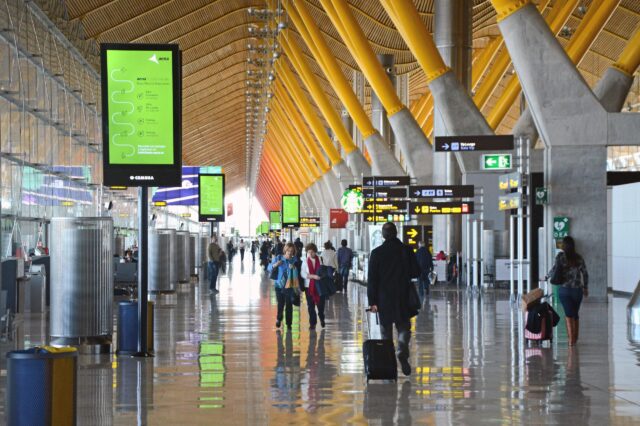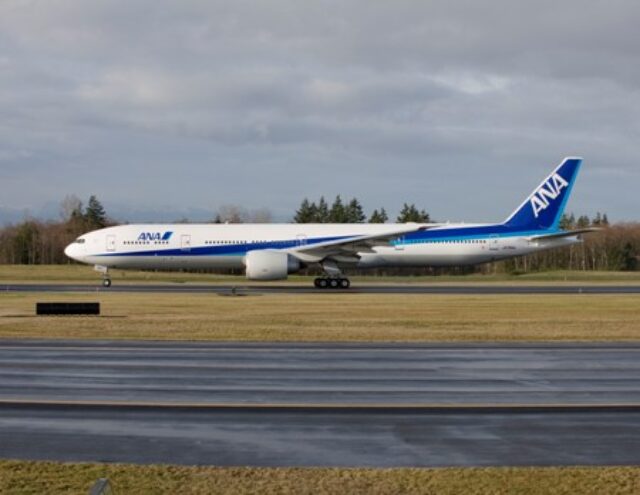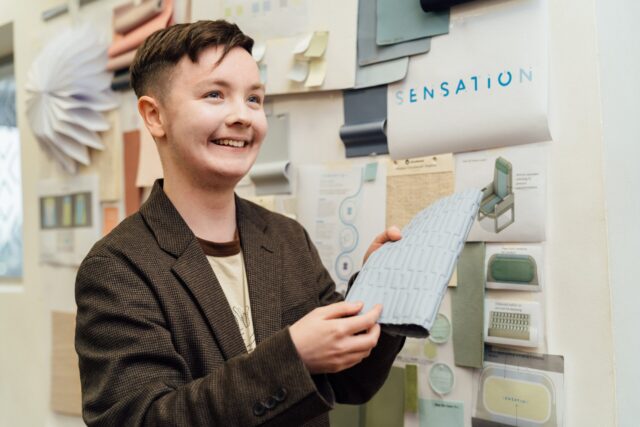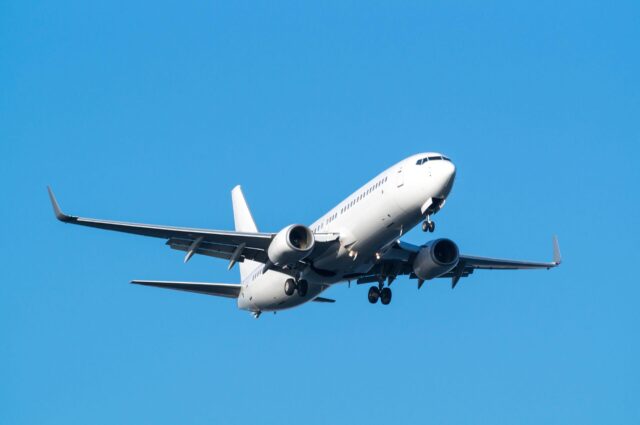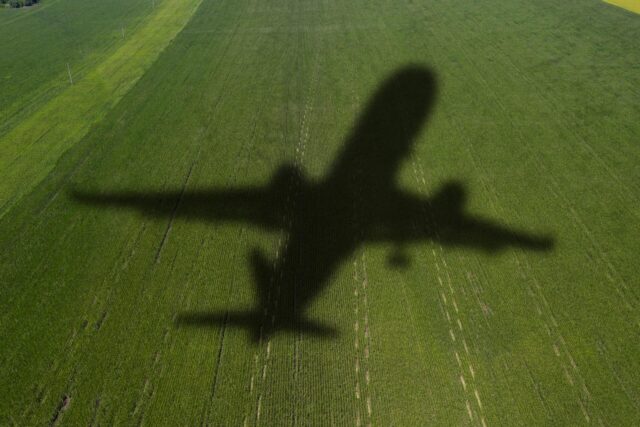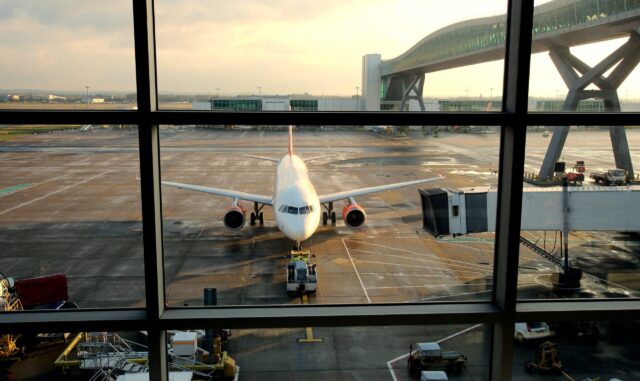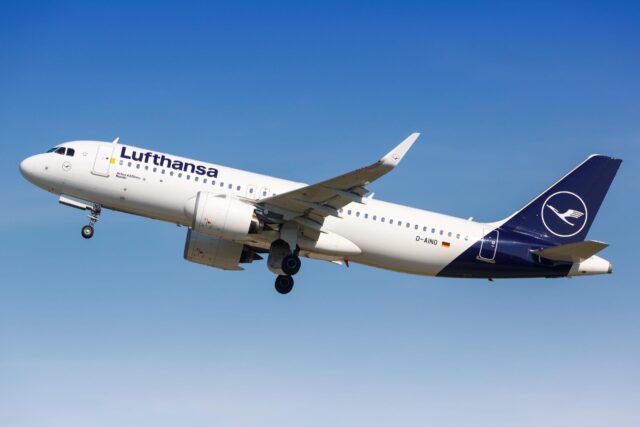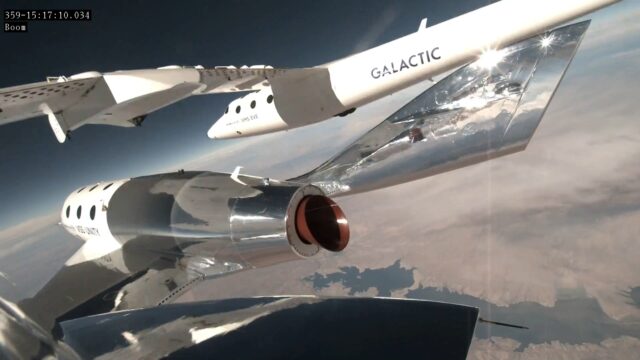FAA forced to delay secondary cockpit barrier rule as it hasn’t certified any products

July 24, 2025

The Federal Aviation Administration (FAA) has postponed by one year a regulation requiring newly delivered US passenger aircraft to be equipped with a secondary flight deck barrier.
The added layer of protection against cockpit intrusions was originally set to take effect on 25 August, but the rule will now be delayed until 2026.
Secondary barriers provide continuous protection for the flight deck, even when the cockpit door is open during flight. They are lightweight, retractable gates that stay in place when the primary flight deck door is open.
The decision to pause the rollout follows requests from Airlines for America, a trade group representing major carriers including American Airlines, United Airlines, and Delta Air Lines, which argued that a two-year delay was necessary.
The group cited the FAA’s failure to certify any secondary barrier design or approve related manuals, procedures, or training programmes as reasons for the requested extension.
What does the FAA want to see introduced?
In 2023, the FAA announced it would be imposing a new rule mandating secondary barriers on the flight decks of newly manufactured commercial aeroplanes, so-called Installed Physical Secondary Barriers (“IPSB”).
Under the rule, aircraft manufacturers are required to install the secondary barrier on all commercial aircraft produced after the regulation takes effect. Existing aircraft do not have to be retrofitted with the product.
The Biden-Harris Administration led with the measure in 2021, and the FAA formally proposed the rule in 2022 following input from aircraft manufacturers and workers representatives. The action fulfilled a mandate from the 2018 FAA Reauthorization Act.

“Every day, pilots and flight crews transport millions of Americans safely – and today we are taking another important step to make sure they have the physical protections they deserve,” said then-US Transportation Secretary Pete Buttigieg.
The final rule only covers Part 121 operators and would apply to aircraft manufactured after 25 August 2025. Now, it will apply to aircraft produced after 25 August 2026.
Why has the cockpit barrier date been pushed back?
According to Airlines for America (A4A), there is no barrier design that has been fully certified by the FAA yet.
Designs have been developed, such as Schroth with its lightweight, foldable cockpit barrier, which it says has already been selected by Airbus for all its products except the A220.

AmSafe Bridport has said that it is supplying the Airbus A220’s secondary cockpit barrier with its textile-based solution. While not designed to prevent access to the cockpit altogether, the company says its fabric barrier will provide at least a five-second delay for intruders.

But with no FAA approval on any of the solutions, and no manuals, crew procedures or training programmes established on how to use them, the FAA has made it impossible for airlines to comply by the 25 August deadline.
FAA takes the middle ground with cockpit barrier delay
Airlines and manufacturers had called for an even longer extension. In a legal note, Airlines for America said that the “entire process, from equipment certification to crew training, could take up to 24 months to effectively implement”.
However, there was fierce opposition to any extension being granted by the Air Line Pilots Association (ALPA), a trade union representing more than 79,000 pilots in the US and Canada.
“The airlines have had two years to implement these requirements, yet they are now requesting an extension for the same time granted to them by the final rule,” ALPA shared. “We urge the FAA to reject this latest stalling tactic and implement, without delay, the secondary barrier requirement as Congress mandated.”
The FAA has gone for the middle ground, extending the deadline but not by the two years that the airlines and manufacturers wanted.
That will come as a relief to airlines expecting deliveries in the third quarter, as with no certified product, compliance would be impossible. Now, it’s time to get a solution certified so crew and passengers can fly safely.




